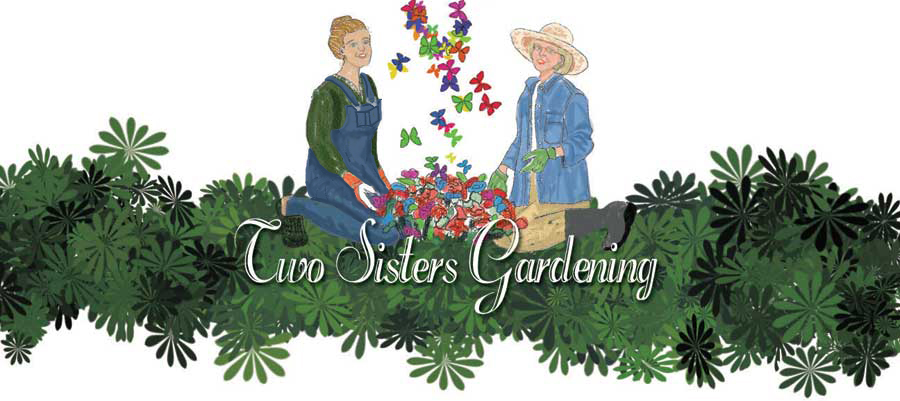This past Saturday, Deberah, Charlotte (a Crossroads Garden Club Member), her husband, Mike and I attended a beginner's beekeepers class given by the Coweta Beekeepers Association. It was an all day event from 8:00 am thru 4:00 pm. The class cost $30 and included breakfast, lunch, snacks and a year's membership into the association, plus lots of publications and catalogs to get us novice beekeeper's started.
Although, Deberah and I grew up with hives in our back yard (my dad kept eight or more hives), we were certainly beginners and needed help and education to keep bees for our garden and to rob hives for our own honey.
The class was organized and took anyone interested in keeping bees (even without any knowledge) throughout the process needed to start a colony. As you can see above, the dress needed to insure no stings. Bees will react to human emotions, like fear or anxiety because we emit a fermion they sense may upset them. On the other hand, if we remain calm they tend to remain calm too. Also, bees are not as suspicious if humans wear white colors, other than dark colors.
We learned the anatomy of bees, above is a worker bee. There are three types of honey bees, workers, drones and queens. The drones are the only male species and their purpose in life is to procreate with the queen. The female workers do all the work to keep the hive, collect pollen and nectar and make the honey. Of course the queen lays the eggs and insures the hive continues to grow and thrive with new bees.
Amazingly, the queen is the only bee that lives very long, the workers and drones, either work themselves to death or out live their usefulness in about 6 weeks. Drones aren't needed in the Fall and are banished from the hive.
We learned about every piece of the hive equipment. Hives can be bought assembled, but it is cheaper to buy hives and put them together. (My dad built his own.)
Deberah, Charlotte and I made a picnic in the hall for lunch.
After lunch, everyone gathered outside to practice lighting smokers which are needed to inspect or rob the hive of honey. Pine straw is one of the best fuels for this task and very available.
Above is an full assembled hive, shown here with the owner of "Buster's Bees." They sell all the equipment needed to start your own hive, even the bees to put inside. Most hives are painted white and as you can see, the bees don't mind the attractive artwork.
Besides knowing all parts of the honey bee, it's important for beekeepers and gardeners to learn the parts of a flower.
After all we need each other to succeed and Bee Happy!
Until Next Time .........
Happy Gardening 2013!
Posted by Wilma Smith














